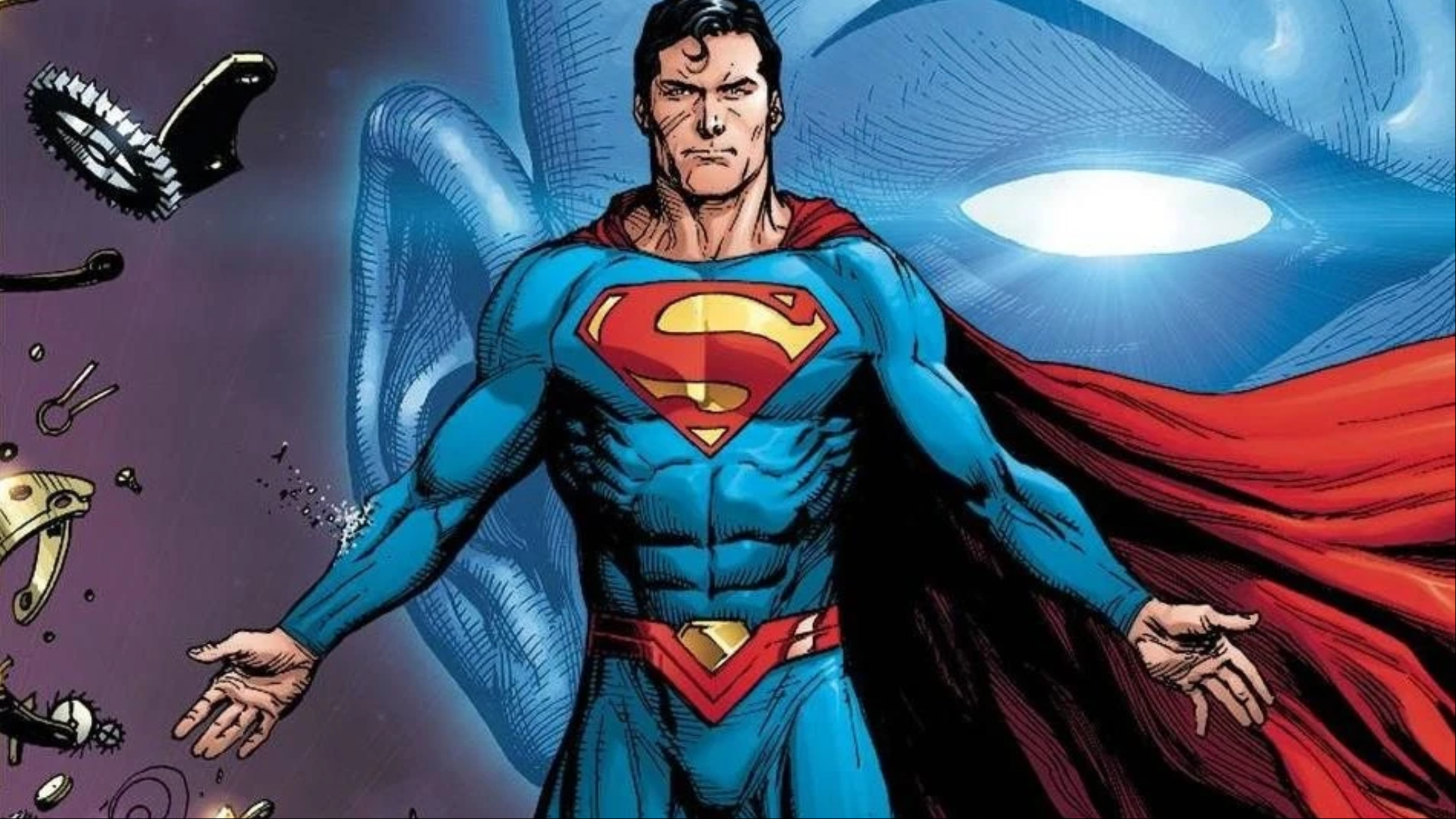
For decades, DC Comics has produced remarkable comics, with “Watchmen” standing out as a potential greatest story of all time. This groundbreaking work reshaped the comic book industry in subsequent years. Fans have grown quite protective over “Watchmen,” often expressing anger when DC considered producing prequels or sequels. This reached its peak in 2016, when DC chose to untangle their continuity in an innovative manner — by employing Doctor Manhattan to clarify the New 52. This unconventional plotline sparked controversy and led to a series that has been divisive since its debut in 2017: “Doomsday Clock,” penned by Geoff Johns and illustrated by Gary Frank. Despite the negative opinions of many fans, “Doomsday Clock” deserves more recognition for its quality than it typically receives.
Geoff Johns is one of DC Comics’ most notable creators, having rejoined the publisher in 2016 following years spent working in the film division of DC Comics. In 2016, Johns launched a new project with the release of DC Universe Rebirth #1, which served as the starting point for the DC/Watchmen crossover. Fans eagerly anticipated the follow-up series, Doomsday Clock, with Frank on pencils, having seen the impressive collaboration between Johns and Frank in previous works. However, upon first glance, it may seem that Doomsday Clock was a disappointing venture. Upon closer examination, though, it becomes clear that the comic is exceptional, albeit flawed.
Doomsday Clock Had the Deck Stacked Against It

The Doomsday Clock found itself in an unenviable position, facing criticism no matter which direction it took. In DC Universe Rebirth #1, the concept of hope’s return to the DC Multiverse and the use of Watchmen as the catalyst for DC’s transformations over time was employed. This dual approach, merging in-universe and meta storytelling, was applauded by fans eager for such a narrative. However, not all fans were receptive to this crossover, primarily due to their attachment to Watchmen. The idea of the DC Multiverse intersecting with Watchmen was met with resistance, particularly due to the ongoing rights dispute between DC and Alan Moore. This contentious issue became synonymous with Doomsday Clock for many, but it wasn’t the only challenge the book faced. The series, penned by Johns and Frank, suffered from significant delays, which diluted the intended impact of the story. In the end, Doomsday Clock was destined for disappointment.
Despite the criticisms it often receives, the graphic novel “Doomsday Clock” offers a more compelling narrative than many give it credit for. I acknowledge that the book has its flaws – the first half seems overly prolonged and Johns’ attempt to emulate Moore’s “Watchmen” writing style didn’t quite hit the mark as intended. However, the story is still highly engaging.
Johns effectively lays the groundwork for the narrative, with Mime and Marionette being standout characters. The artwork is also exceptional. What truly makes the book shine is how it juxtaposes Superman and Doctor Manhattan, two contrasting figures. This contrast allows us to see how Superman’s moral integrity influences Doctor Manhattan, a theme beautifully illustrated in “Doomsday Clock” #12.
This issue serves as a testament to Superman’s significance within the DC universe. It also marks the return of the Justice Society and Legion of Superheroes, two teams emblematic of an era when superhero comics were different from those post-“Watchmen”. “Doomsday Clock” #10 is equally impressive, demonstrating that Johns has a good grasp on creating a story reminiscent of Moore’s style.
The Superman Project, which posits the US government played a crucial role in creating metahumans, is an intriguing concept that unfortunately had to be shelved due to delays within the larger DC Multiverse. The setup of Khandaq as a refuge for metahumans was another thoughtful idea. I often ponder how different DC might have been if “Doomsday Clock” hadn’t faced delays, but alas, we can only speculate.
Doomsday Clock Isn’t a Masterpiece But It’s Actually Quite Good

The Doomsday Clock could have been an exceptional leap forward for DC Comics, but unfortunately, it fell short of expectations. Despite the book’s contentious nature due to its connections to Watchmen, it was skillfully constructed with the potential to redefine DC forever. However, it never managed to reach the heights of Watchmen or serve as a satisfactory sequel. With a few issues aside, Doomsday Clock is generally a good read that boasts several standout moments. Reading it in one sitting can enhance one’s appreciation for the book, making it easier to appreciate the intricate storytelling by Johns. While not every aspect hits the mark, that’s more common in comics than some fans might admit. All in all, Doomsday Clock is a commendable superhero comic that effectively tells its tale.
There’s no denying that people have strong opinions about the Doomsday Clock, but I believe many of those readers approached it with preconceived notions. Upon re-reading, it becomes clear that this is a complex narrative striving to meet high expectations, even if it didn’t always succeed. The Doomsday Clock is worth another read for those who initially hesitated, as it offers a significant contribution to the lore of DC Comics and contains more positive aspects than negative ones.
Read More
- Gold Rate Forecast
- Rick and Morty Season 8: Release Date SHOCK!
- SteelSeries reveals new Arctis Nova 3 Wireless headset series for Xbox, PlayStation, Nintendo Switch, and PC
- Discover the New Psion Subclasses in D&D’s Latest Unearthed Arcana!
- PI PREDICTION. PI cryptocurrency
- Mission: Impossible 8 Reveals Shocking Truth But Leaves Fans with Unanswered Questions!
- Eddie Murphy Reveals the Role That Defines His Hollywood Career
- Masters Toronto 2025: Everything You Need to Know
- Discover Ryan Gosling & Emma Stone’s Hidden Movie Trilogy You Never Knew About!
- We Loved Both of These Classic Sci-Fi Films (But They’re Pretty Much the Same Movie)
2025-05-18 04:41